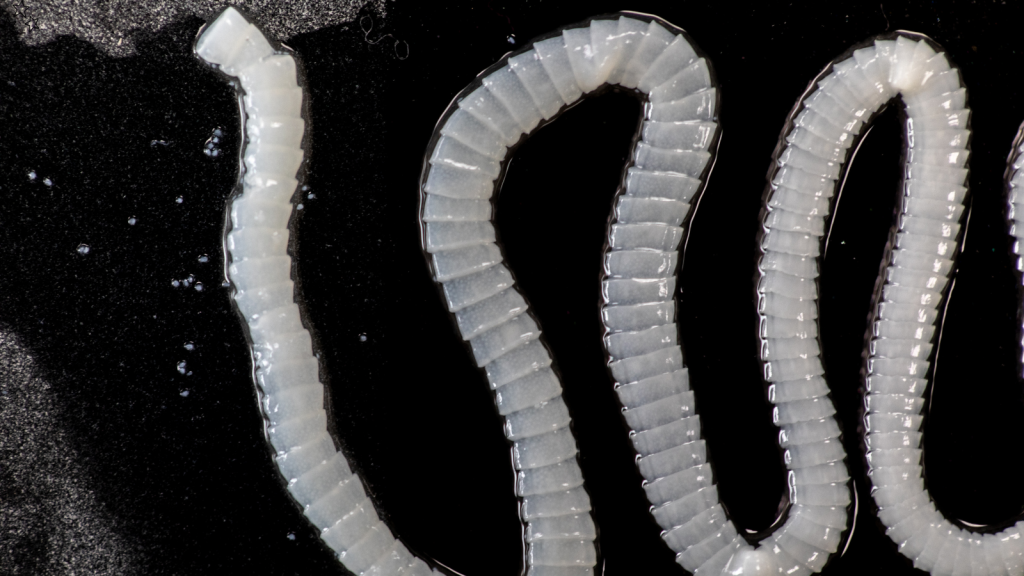Nature can be beautiful, but it can also be downright gross. Some of the most stomach-turning creatures on Earth are parasites that invade human and animal bodies. There are so many, from single-celled amoebas to more complex beasties. These 15 parasites I’ve chosen for you to feast your eyes on might just make your skin (or your insides) crawl.
Brain-Eating Amoeba
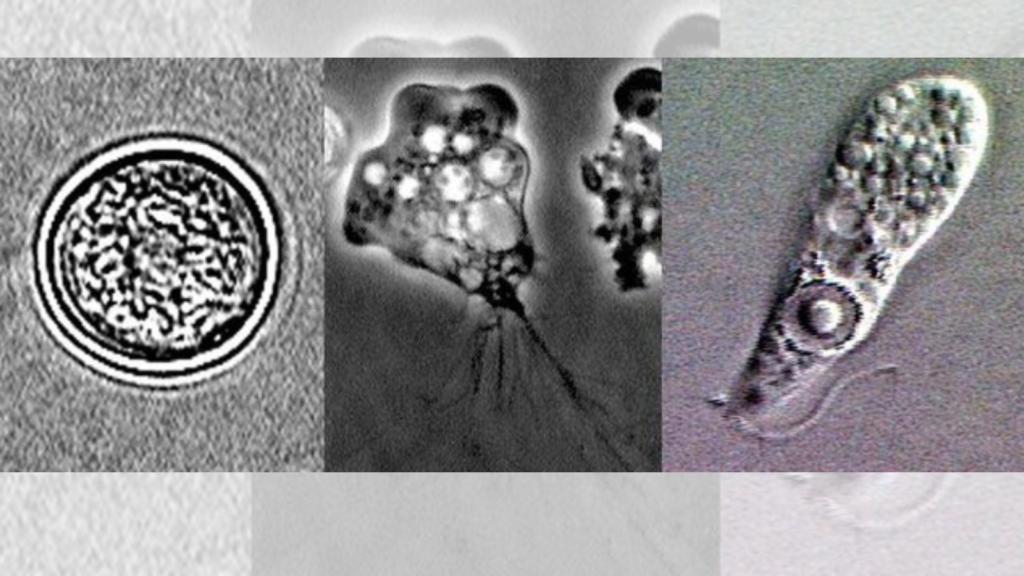
Naegleria fowleri, known as the brain-eating amoeba, is a tiny but terrifying parasite. It lives in warm freshwater and can enter the body through the nose. Once inside, it travels to the brain and starts eating brain tissue. This infection is rare but extremely deadly, with a fatality rate of over 97%.
Guinea Worm
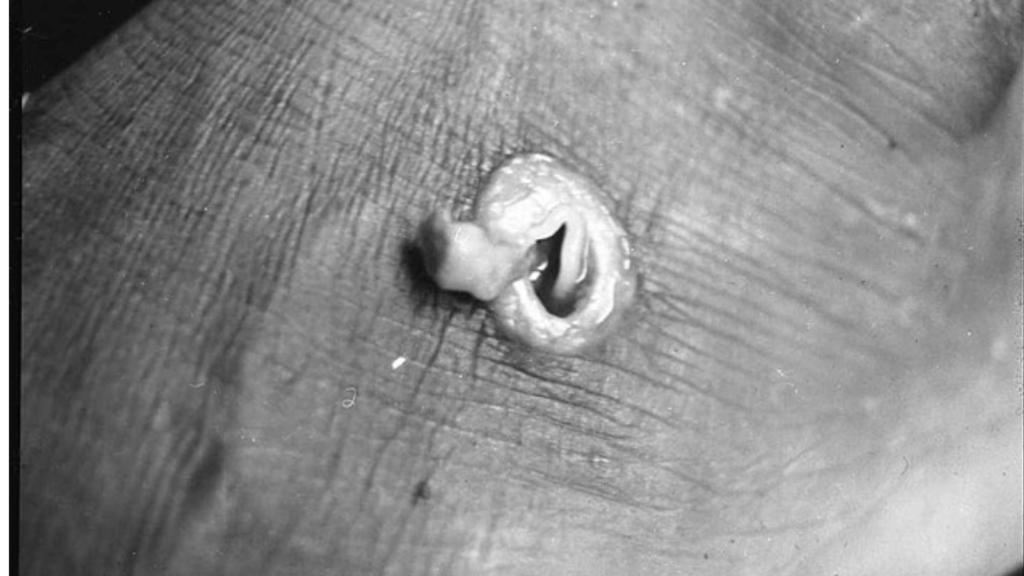
The Guinea worm is a nasty parasite that enters the body through contaminated water. It grows up to 3 feet long inside the body over a year. When it’s ready to come out, it creates a painful blister on the skin and slowly emerges over several weeks. Thankfully, global efforts have nearly eradicated this parasite.
Tapeworm

Tapeworms are flat, ribbon-like worms that can grow up to 30 feet long in your intestines. You can get them by eating undercooked meat from infected animals. These parasites absorb nutrients from your food, potentially causing weight loss and malnutrition. Some tapeworms can even form cysts in your brain or other organs.
Hookworm
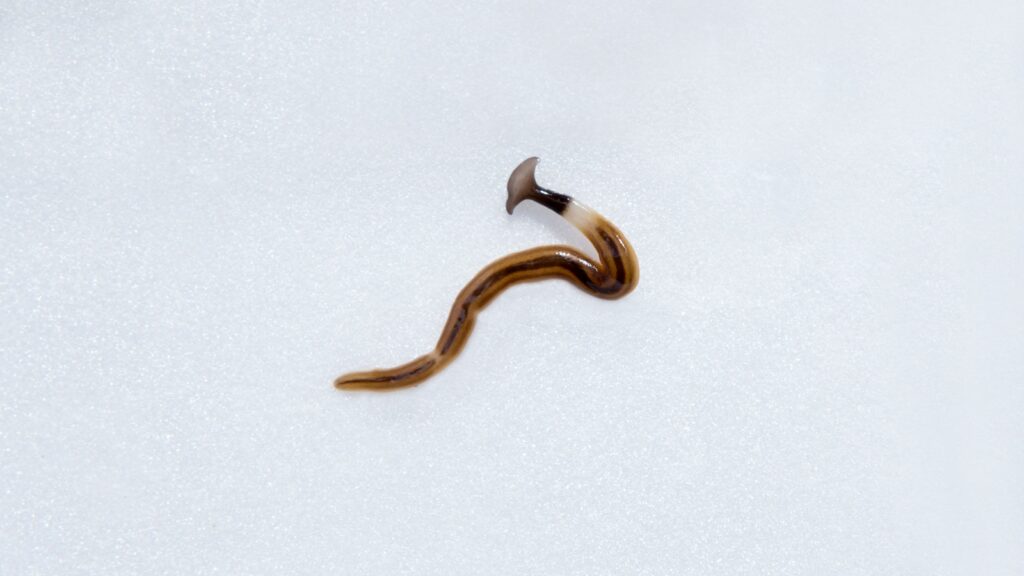
Hookworms are tiny parasites that enter through your skin, usually when walking barefoot on contaminated soil. They travel to your lungs, then to your throat where you swallow them. In your intestines, they latch onto the walls and feed on your blood. This can lead to anemia and malnutrition, especially in children.
Flesh-Eating Screwworm
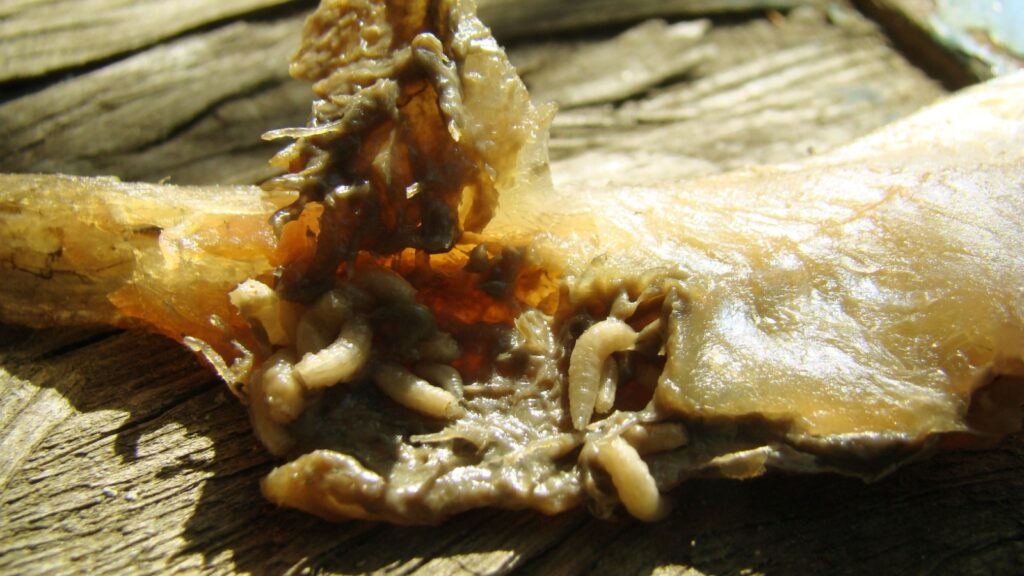
The flesh-eating screwworm is actually the larva of a fly. These gruesome parasites lay their eggs in open wounds. When the eggs hatch, the larvae start eating the living flesh around the wound. If left untreated, they can cause severe tissue damage and even death.
Loa Loa (Eye Worm)
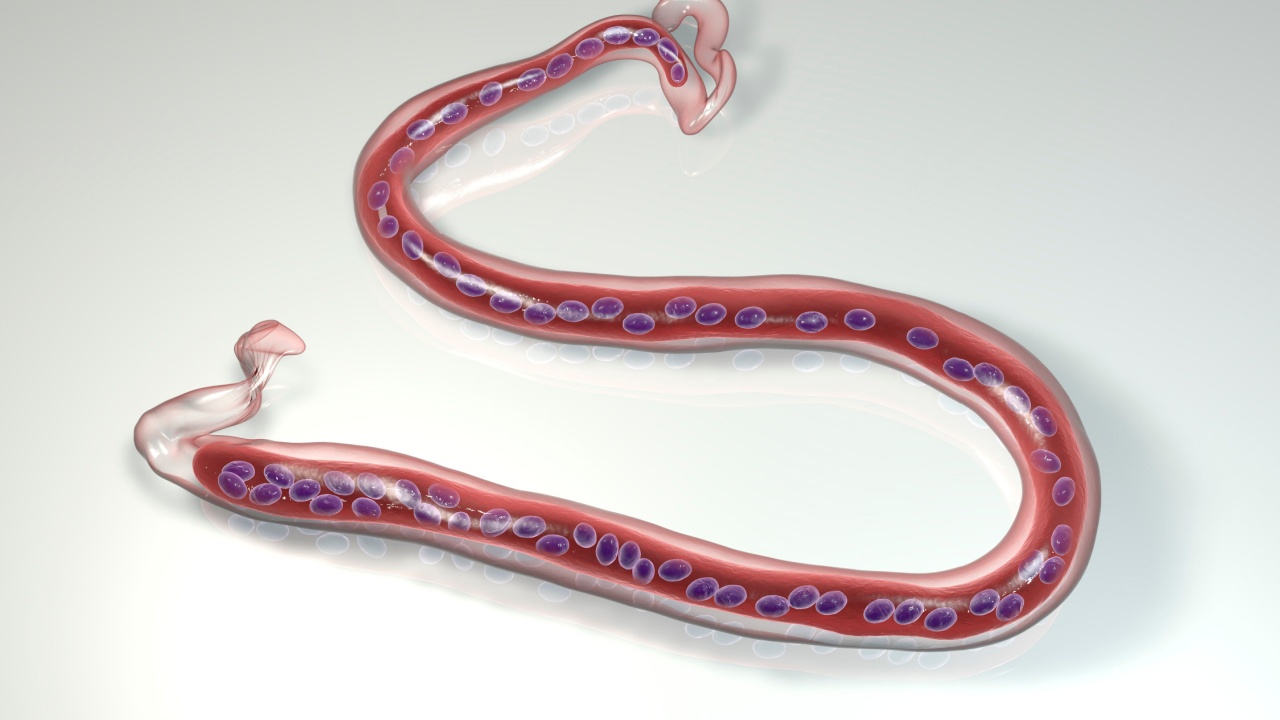
Loa loa, also known as the African eye worm, is transmitted by deer fly bites. These worms wander through the body’s tissues and can sometimes be seen moving across the surface of the eye. While they don’t usually cause severe symptoms, the sight of a worm in your eye is certainly disturbing!
Lymphatic Filariasis Worms
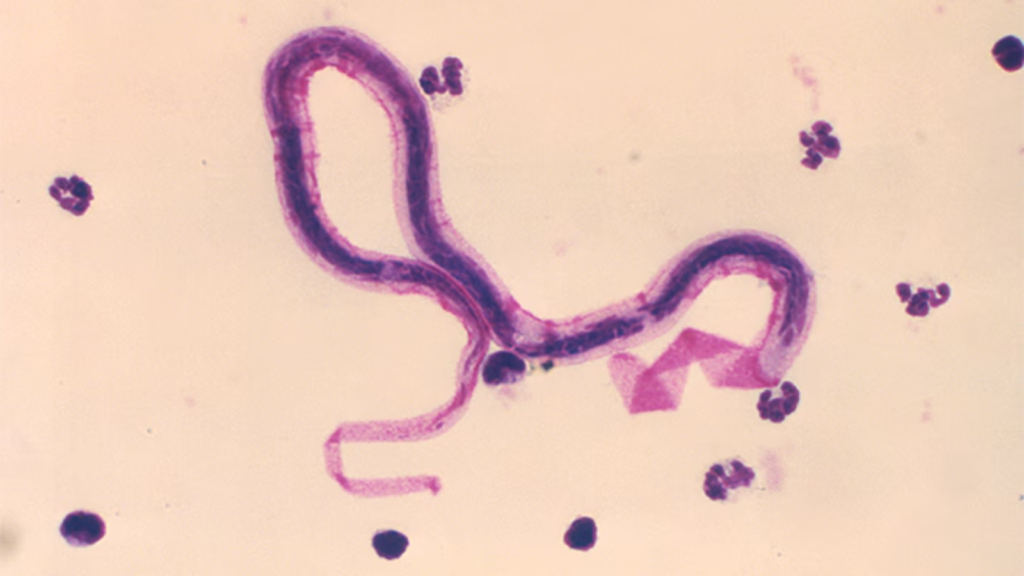
Lymphatic filariasis is caused by tiny worms transmitted by mosquito bites. These worms live in the lymphatic system and can cause a condition called elephantiasis. In severe cases, parts of the body, especially the legs and genitals, can swell to enormous sizes.
Toxoplasma Gondii
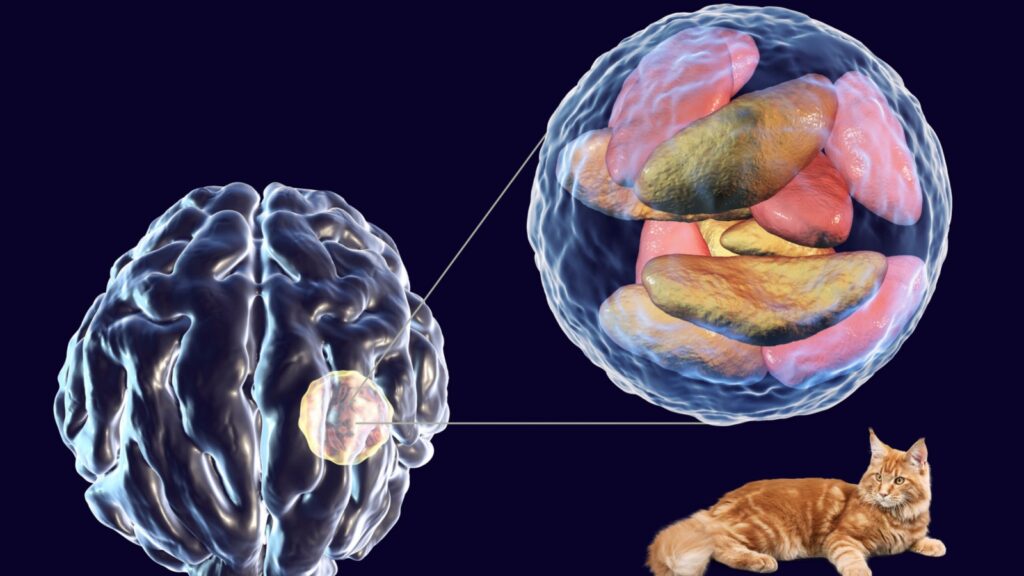
Toxoplasma gondii is a parasite that can infect most warm-blooded animals, including humans. It’s often caught from cat feces or undercooked meat. While it usually doesn’t cause symptoms in healthy adults, it can be dangerous for pregnant women and people with weakened immune systems. Some studies even suggest it might affect human behavior!
Schistosoma (Blood Flukes)
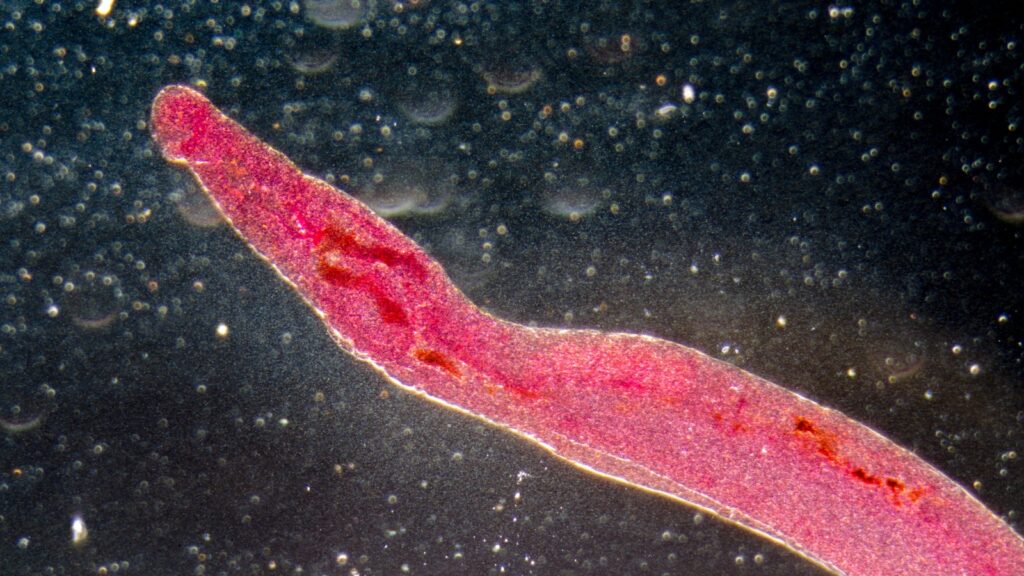
Schistosoma parasites, also known as blood flukes, enter the body through the skin when swimming in contaminated freshwater. These worms live in blood vessels and lay eggs, which can damage various organs. Chronic infections can lead to learning difficulties in children and increase the risk of bladder cancer.
Ascaris Lumbricoides (Giant Roundworm)
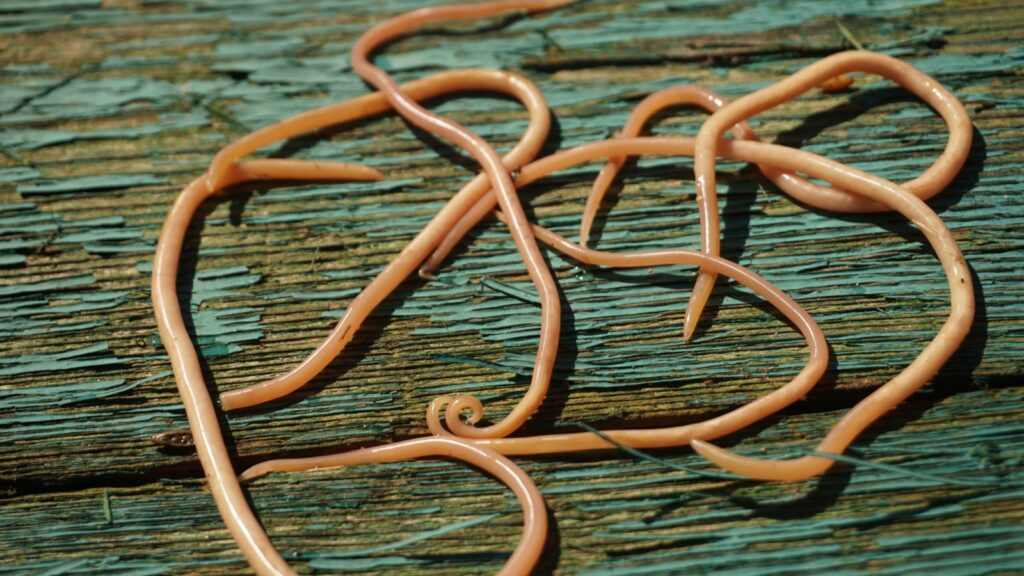
Ascaris lumbricoides is the largest roundworm that can infect humans. These worms can grow up to 35 cm long in your intestines. You can get them from eating food contaminated with infected soil. In severe cases, these worms can cause intestinal blockages or even crawl out through your nose or mouth. Yuck!
Trypanosoma Cruzi (Chagas Disease)
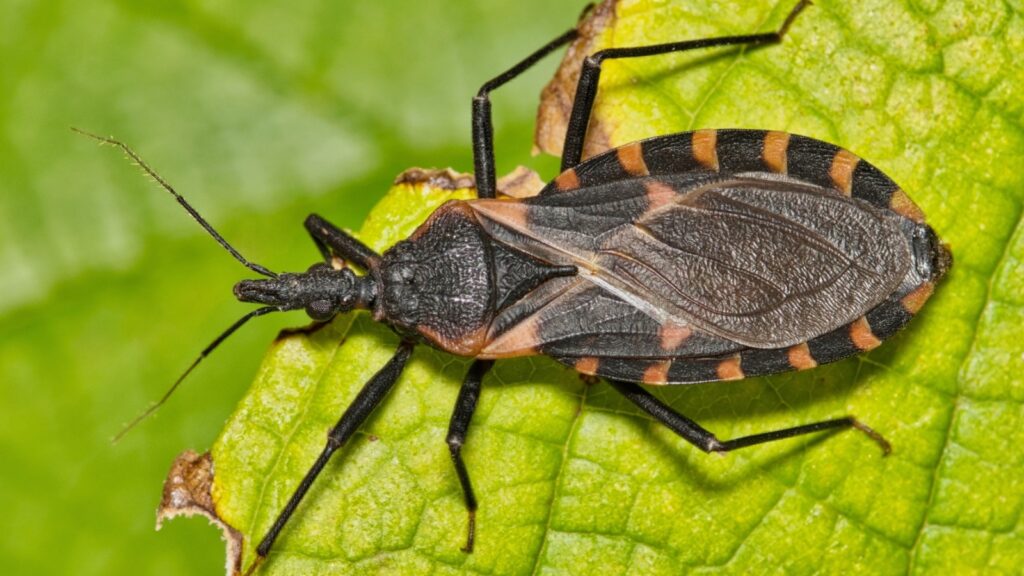
Trypanosoma cruzi is a parasite that causes Chagas disease. It’s transmitted by kissing bugs, which often bite people’s faces while they sleep. The parasite can live in the body for years, eventually causing heart and digestive problems. It’s a major health concern in parts of Latin America.
Dracunculus Medinensis (Guinea Worm)
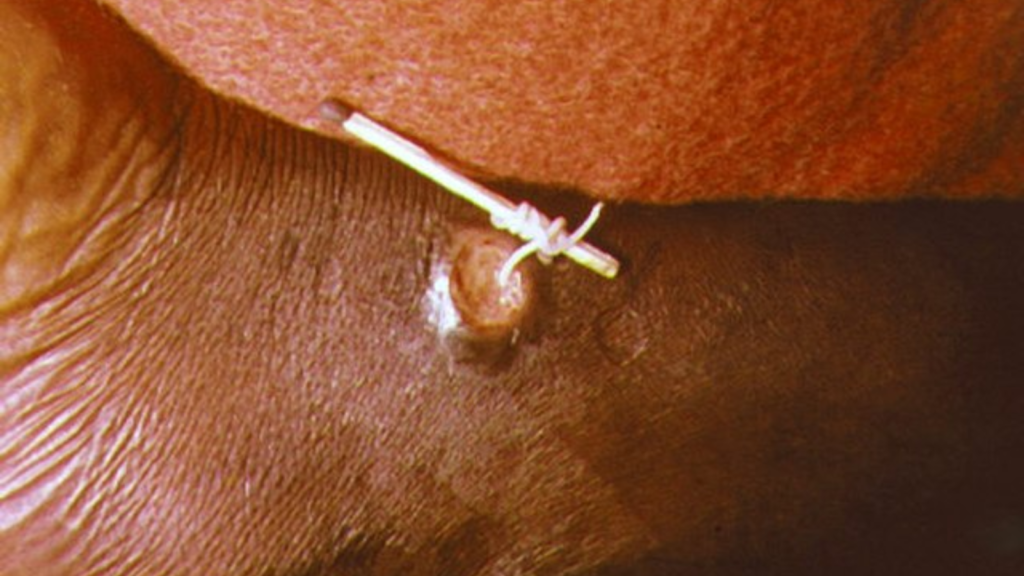
Dracunculus medinensis, another type of Guinea worm, enters the body through contaminated water. After a year, the female worm, which can be up to a meter long, emerges through a painful blister in the skin. The traditional method of removal involves slowly winding the worm around a stick over several days or weeks.
Acanthamoeba
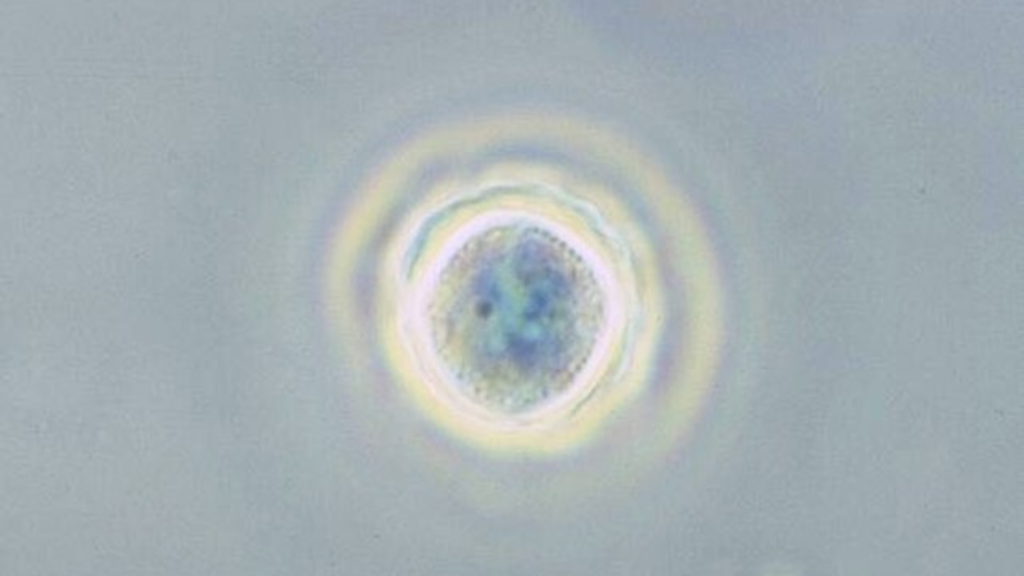
Acanthamoeba are tiny, free-living amoebae that can infect the eye, causing severe pain and even blindness. They’re often found in tap water and can infect people who wear contact lenses. These parasites can also cause rare but serious brain infections.
Entamoeba Histolytica
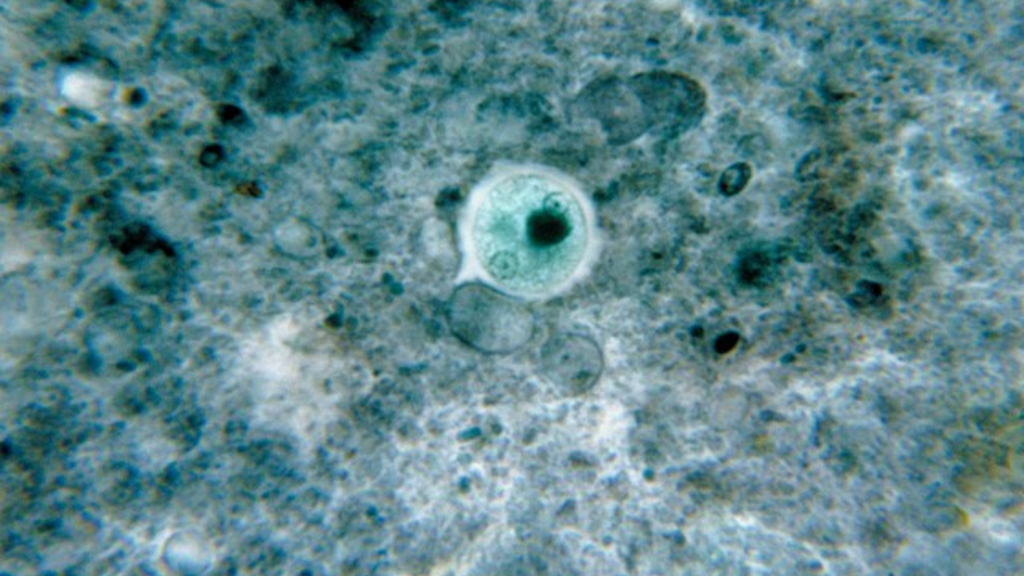
Entamoeba histolytica is a parasite that causes amoebic dysentery. It’s usually contracted by drinking contaminated water or eating contaminated food. This parasite can cause severe diarrhea and can even invade the liver, forming large abscesses.
Giardia Lamblia
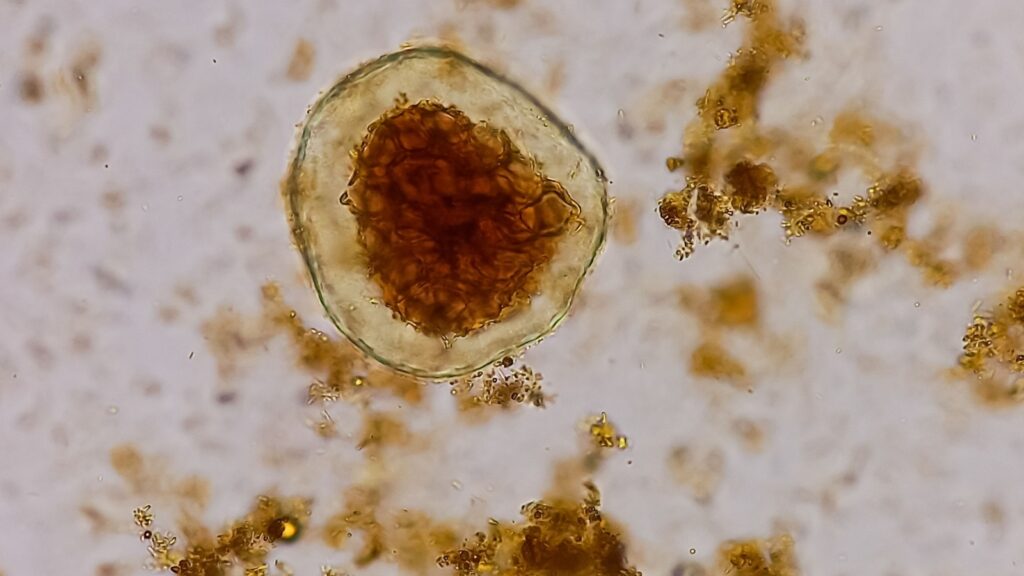
Giardia lamblia is a microscopic parasite that causes giardiasis, often called “beaver fever.” It’s commonly found in contaminated water and can cause severe diarrhea, nausea, and weight loss. This parasite attaches to the lining of the small intestine, where it feeds and reproduces.
Becky is a fervent wildlife enthusiast and pet care expert with a diploma in canine nutrition. Her love for animals stretches beyond the domestic, embracing the wild tapestry of global fauna. With over a decade of experience in animal welfare, Becky lends her expertise to OutlandishOwl through insightful articles, captivating wildlife information, and invaluable guidance on pet nutrition. Her work embodies a deep commitment to understanding the intricate lives of animals and a passion for educating others on sustaining natural habitats. Becky's hands-on conservation efforts and her knack for translating complex dietary science into practical pet feeding tips make her an indispensable voice for creatures great and small.

